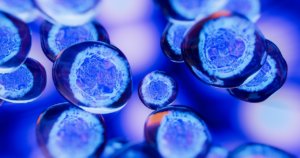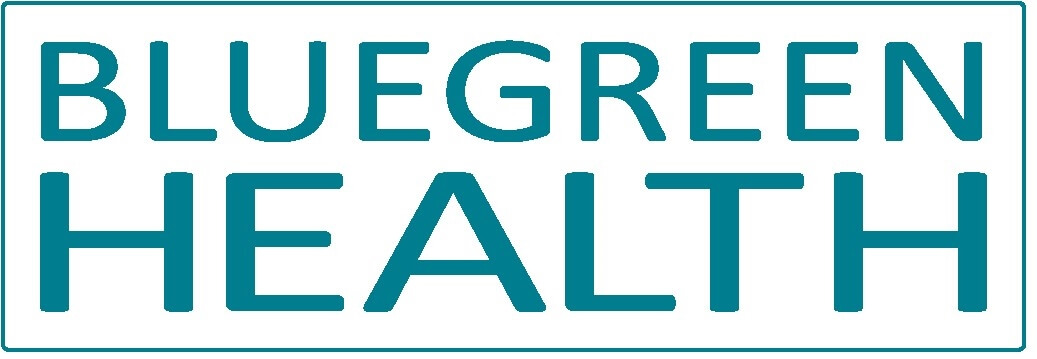Cells – Nature’s Masterpiece
The buzz word in the research community is ‘cellular health’.
This is a totally new concept for almost everybody outside the research world, including the overwhelming majority of healthcare professionals that look at health as being the sum of functioning systems and organs.
Cells are tiny structures living and breathing ‘Lego’ building blocks of all animals and plants. Cells originated in a sea of organic molecules hundred of million years ago, with scientists still not sure how exactly it did happen. The appearance of the first cells marked the origin of life on Earth.
Only in 1858 did the biologist Rudolf Virchow suggested that all living things (microorganisms, animals and plants) are made of cells.
While microorganisms like bacteria and fungi consist of single cells – or less than a cell in case of a virus, animals and plants alike are made of a multitude of cells grouped in tissues according to the function they perform.
Cells are masterpieces of nature with an incredibly complex metabolism.
Disruption of cellular function inevitably leads to disease, hence the importance to protect cellular health cannot be overstated.
Some facts about our basic living building unit: the cell.
- Humans are literarily made up of around 30-40 trillions of cells.
- The size of cells varies between 10-100 microns- that is one thousandth of a millimeter.
- One of the smallest cells is the human red blood cell at 8 microns
- Red blood cells are the most abundant body cells, with 5 million cells per cubic milliliter of blood
- One of the largest is the human fat cell and the human egg released from the ovary at approximately 150 microns.
- Humans are populated by thousands of species of microorganisms ( bacteria, fungi, viruses) called the human microbiome proven to have an essential role on immunity and disease
- In fact microorganism cells in humans outnumber our cells by 10 to 1.
- We carry one trillion bacterial cells inside our body weighting around 5 pounds

Bacteria – including the ones causing infections like E. coli, Streptococcus, Staphylococcus, are single cells without a nucleus or other intracellular structures that come in three shapes: round (cocci) rods (bacilli) and spiral (vibrio).
Bacteria have developed means to congregate, communicate, exchange substances and work together to build bacterial communities: for example the biofilm the accumulates on rocks at the water edge, or on our teeth overnight. Babies are colonized at birth by bacteria and throughout our lives we are inhabited by thousands of bacterial species, located mostly in the intestine and on our skin.
Viruses – are tiny structures consisting of a single molecule of genetic material (either RNA or DNA) surrounded by a protein coat and sometimes a lipid envelope. But viruses do not have a proper cell structure, they cannot live or multiply outside a host cell. This makes them a very unusual type of parasite that needs to invade a living organism to stay alive and ensure reproduction. Viruses are smaller than cells, and specifically the COVID-19 virus is approximately 120 nanometers in size.
Plant cells are larger cells, and different from animal cells by having an additional cell wall made of strong cellulose that maintains a fixed cell shape. Also, inside a plant cell there are tiny structures called chloroplasts that absorb sunlight and use it together with water and carbon dioxide to produce food for the plant – this process is called photosynthesis.
